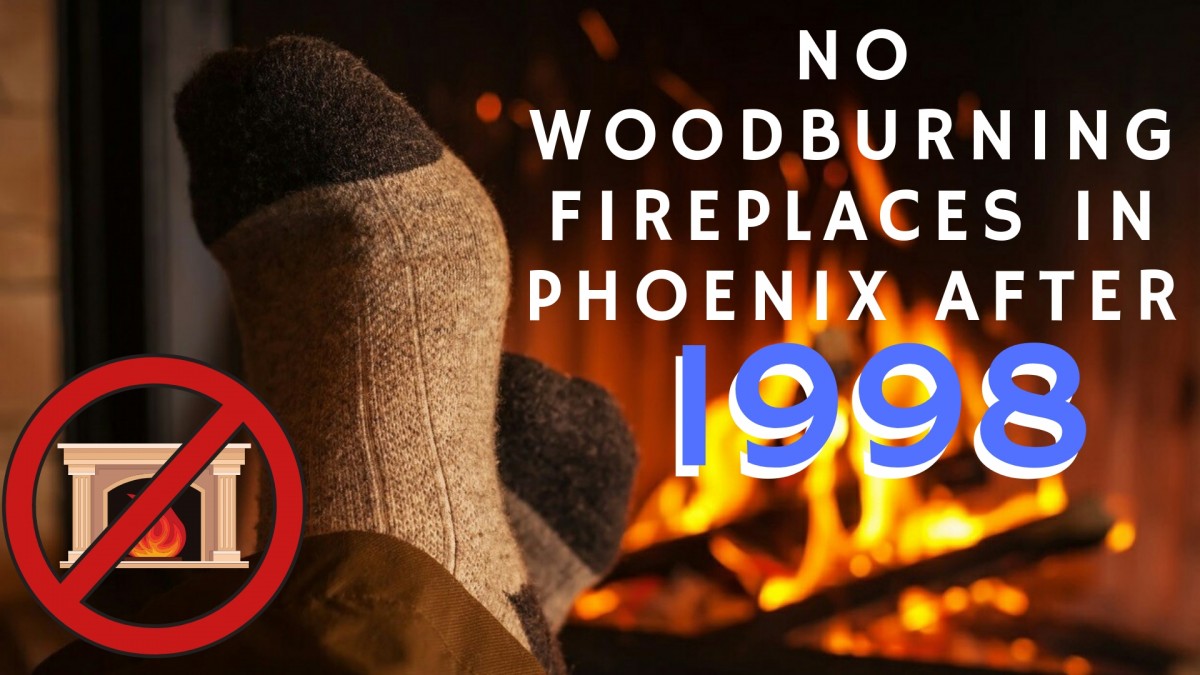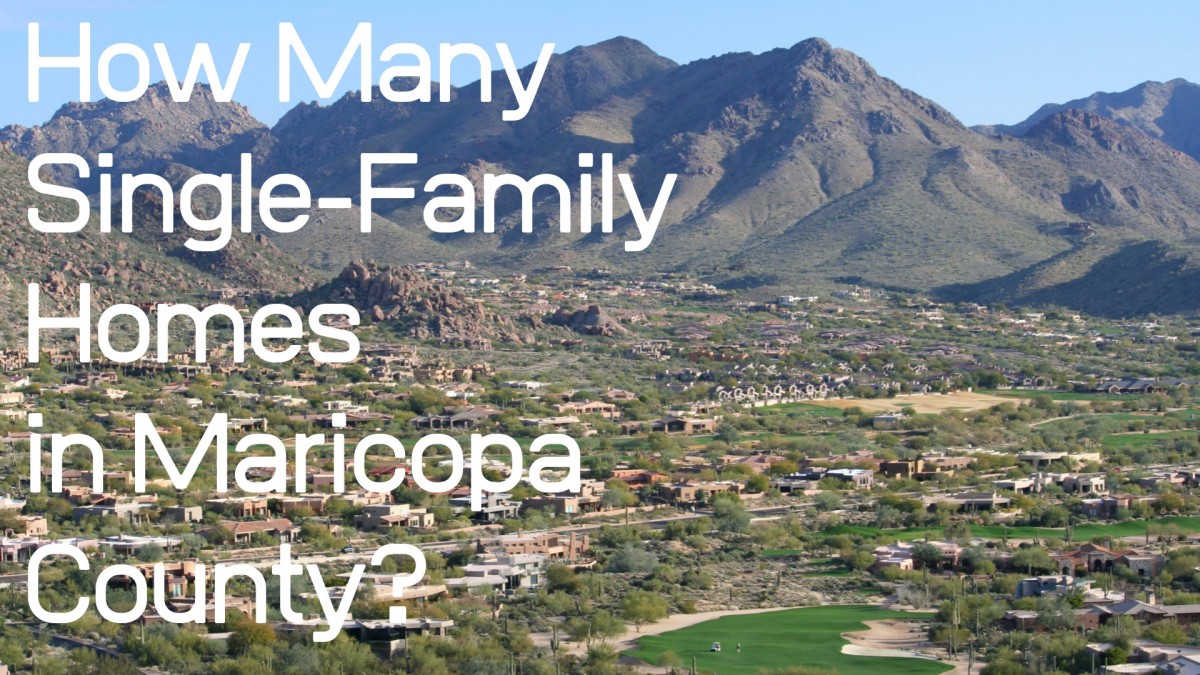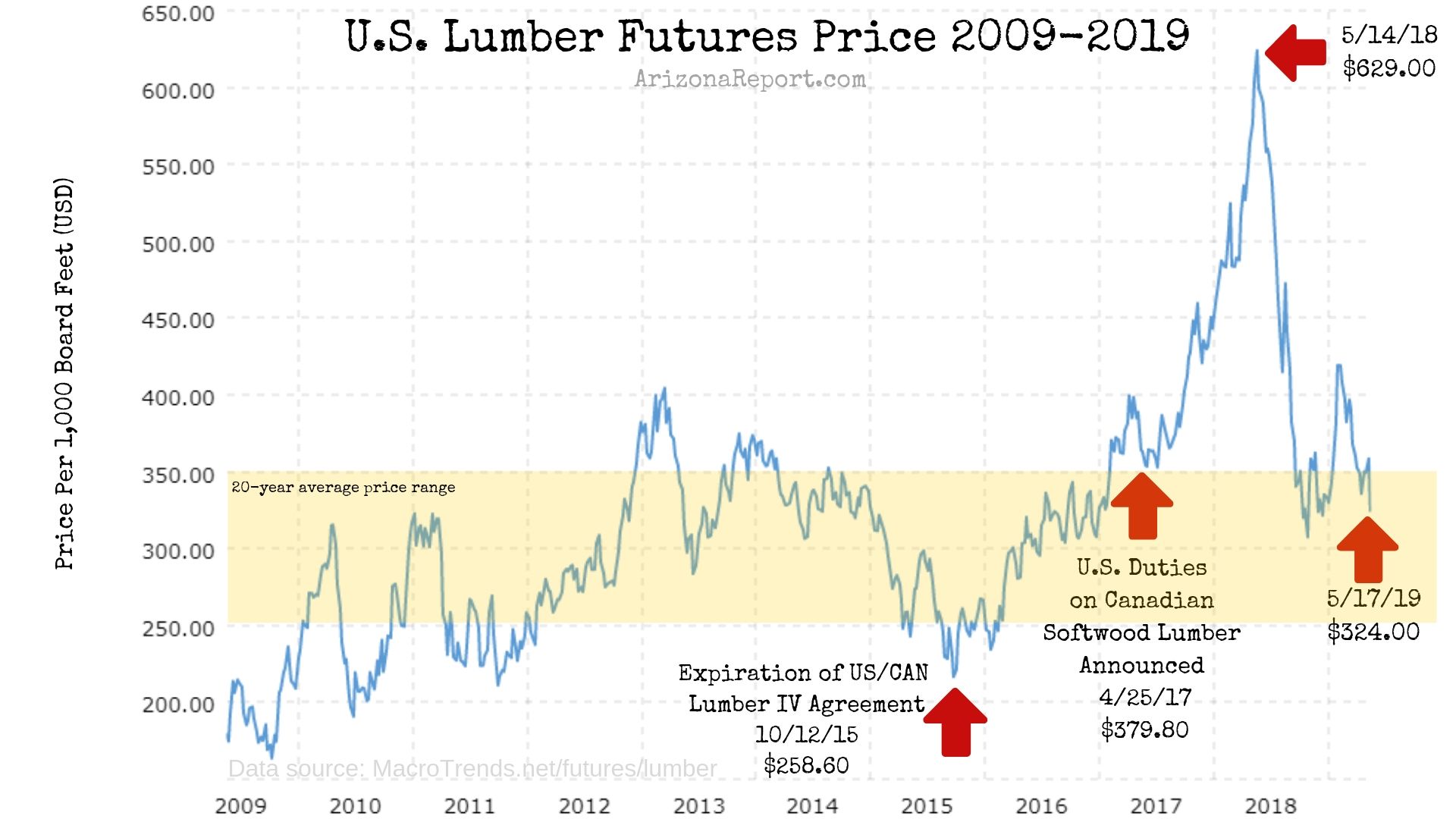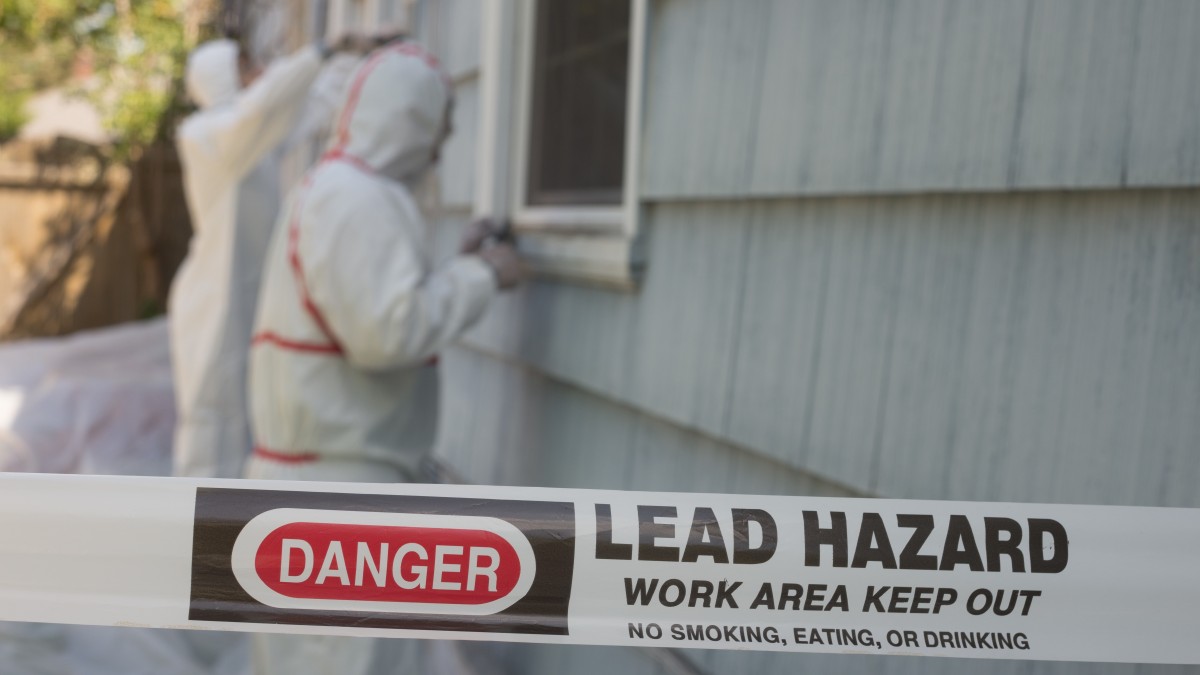- Fountain Hills Ties as Safest Zip Code in Phoenix - Oct 14, 2019
- How Many Single-Family Homes in Maricopa County? - Oct 13, 2019
- Investing in Multi-Family Real Estate in Your 20s - Oct 9, 2019
A roaring fireplace heightens the senses on a cool winter evening. Even in the Sonoran Desert. There is something communal about crackling wood fireplaces. It brings family and friends around.
“Chestnuts roasting on… an EPA-approved, low-volume natural gas ceramic log set?” Just doesn’t sound the same. I like to warm my feet hearthside on the real deal.
If a wood burning fireplace is on your list of home must-haves for your next Phoenix home or vacation property, a compromise is in the cards. Here’s why.
EPA Regulations
During the summer of 1996, the U.S. Environmental Protection Agency (EPA) reclassified Maricopa County alongside other counties having high levels of airborne particulates, carbon monoxide, and ground-level ozone. This was in response to the Valley’s failure to meet federal clean air standards in the three years leading up to the reclassification.
As a result, in 1997, the Arizona Legislature instituted a ban on wood burning fireplaces and some wood burning stoves in all new construction homes. It took effect on January 1, 1999, and applies to all cities and towns inside Arizona counties with populations greater than 1.2 million. Currently, of the state’s 15 counties, only Maricopa County is this large (Pinal County’s population is approximately 413,312).
Municipalities in Maricopa County had until December 31, 1998, to comply. In the year leading up to the ban’s enforcement, Phoenix, Scottsdale, Tempe, Glendale, Mesa, Gilbert, Paradise Valley and Carefree had all passed ordinances to eliminate wood burning fireplaces in newly built homes.
Fireplace Smoke Effect in the Valley
Smoke from fireplace use is a significant contributor to the dusty brown haze that is visible in the Valley each winter. Environmental officials cited in a December 1997 article in the Arizona Republic stated that residential fireplaces were the source of 5 to 7 percent of the airborne particulates in the Valley.
In winter months, the smoke and pollution collect near the ground on cool evenings. Particulates from smoke and automotive combustion can stay trapped for extended periods overnight in this cold layer until morning temperatures rise. As the Valley floor heats up, rising air currents lift the particulates. The result is the “brown cloud” effect sometimes seen in the Valley. The timing of this effect is compounded by the swelling seasonal winter population in the greater Phoenix metro.
This ban means that you won’t find a wood burning fireplace in any home for sale in Maricopa County or most corners of the Valley that was permitted and constructed after December 31, 1998. Of the homes with fireplaces, most will have ceramic logs fueled with natural gas.
But those homes won’t have a fireplace that sounds like this:
Fireplaces Options for Phoenix Homebuyers
Here’s the compromise. If you want a wood burning fireplace, you will be shopping for a pre-1999 home. Since they are 20 years old or more, those homes may be in the midst of a repair cycle. Careful consideration will need to be given to the age of items like the roof and mechanicals. Alternatively, you could purchase a newer home but have fewer fireplace options.
Fireplaces are still available in newer homes with natural gas, electric and propane. These fireplace types are not limited by the ban. Wood stoves with an EPA certification are also approved for use.
No Burn Days
Note that purchasing a pre-1999 home with a wood burning fireplace doesn’t exempt you from burn regulations. It’s illegal to burn a wood fire in your residential fireplace on “no burn” days that are declared for Maricopa and Pinal Counties. In Maricopa County, first-time fines are $50 and can reach as high as $250 depending on the number of violations in the calendar year.
The regulations regarding burning wood in your home on restricted days are not new. Maricopa County has been enforcing the no-burn ordinance for residential wood-fueled fireplaces on High Pollution Advisory (HPA) days since 1994.
HPA days are determined at the state level by the Arizona Department of Environmental Quality (ADEQ) when the highest concentration of ozone or particulate matter in the Valley air may exceed federal standards.
The ban does not apply to outdoor fire pits, chimineas or patio fireplaces. However, their use too is prohibited on HPA days in both Maricopa and Pinal Counties. Here is the text of the Maricopa County Ordinance regarding the wood burning restriction.
To find out when the High Pollution Advisory days are in effect, visit the Clean Air Make More website or call the ADEQ recorded hotline at (602) 771-2367.
To find out more about a Maricopa County program to retrofit an existing woodburning fireplace with cleaner technology at no cost, click the link in this paragraph.
I grew up in rural Oregon in a log house with bark left on inside and out. We had no electricity, a massive stone fireplace, a grand piano, and tons of books.
– Virginia Euwer Wolff, American author of children’s books







